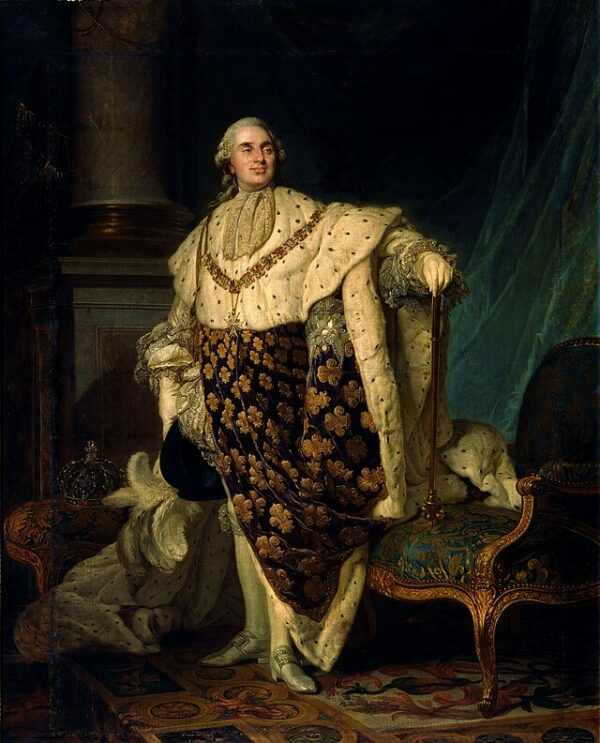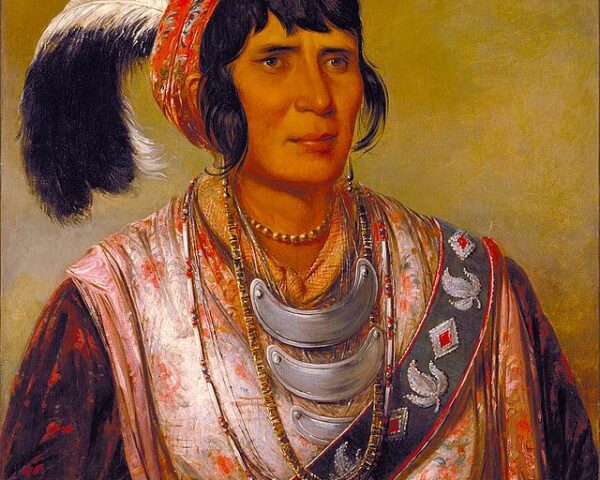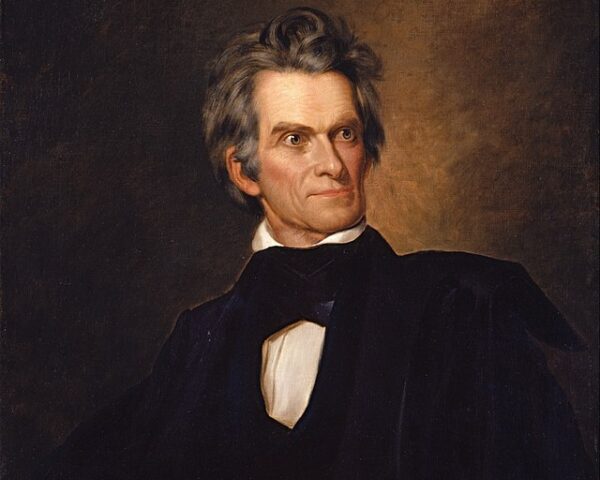On September 21, 1792, the French National Convention made a groundbreaking decision that changed the course of French history: they abolished the monarchy. This act came at a crucial point during the French Revolution, a time of political, social, and economic upheaval. The monarchy, which had ruled France for centuries, was viewed as a symbol of oppression and inequality, which the revolution aimed to dismantle. The Convention’s decision to end it marked a clear break from the past and led to the creation of the First French Republic.
The downfall of the monarchy did not happen overnight—it was the result of years of growing unrest. By the late 18th century, France was in serious financial trouble, made worse by its involvement in expensive wars and the lavish spending of the royal court, especially under King Louis XVI and Queen Marie Antoinette. The monarchy’s inability to address the economic crisis, combined with widespread hunger and unemployment, caused increasing frustration among the people. In 1789, the Estates-General was called to solve the financial problems, but it quickly turned into a revolutionary movement, with the common people demanding political and social change.
Several key events led to the monarchy’s downfall. The storming of the Bastille in 1789 and the Declaration of the Rights of Man and of the Citizen signaled the rise of republicanism and a challenge to the monarchy’s power. King Louis XVI initially tried to meet some of the revolutionaries’ demands but soon became a figure of mistrust. His attempted escape to Austria in 1791, known as the flight to Varennes, was a turning point. It revealed his disloyalty to the revolution and convinced many that the monarchy was incompatible with the new ideals of liberty, equality, and fraternity that were spreading across the country.
By 1792, France was at war with Austria and Prussia, and revolutionary fervor was at its height. The monarchy was seen as a threat, with many fearing that Louis XVI would conspire with foreign powers to regain control. In August 1792, revolutionaries stormed the Tuileries Palace, where the royal family was under house arrest, marking the beginning of the end for the monarchy. The National Convention, which had been assembled to create a new constitution, became more radical, with the Jacobins, a revolutionary group led by figures like Maximilien Robespierre and Georges Danton, gaining influence.
On September 21, 1792, the National Convention met and decided to abolish the monarchy. The vote was unanimous, and the decision took effect immediately. The Convention declared France a republic, stripping Louis XVI of his title and power. The following day, they formally announced the end of the monarchy and the beginning of the First French Republic.
Abolishing the monarchy was not just a political decision—it also represented a major cultural shift. Royal symbols, such as statues and emblems, were destroyed, and public spaces were renamed to reflect the new republican values. Even the calendar was changed, with 1792 declared Year I of the Republic. The abolition of the monarchy also led to the trial and eventual execution of Louis XVI, who was charged with treason and executed by guillotine in January 1793.






